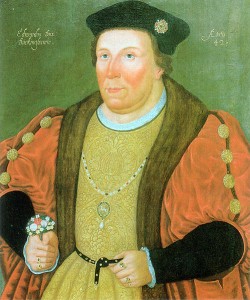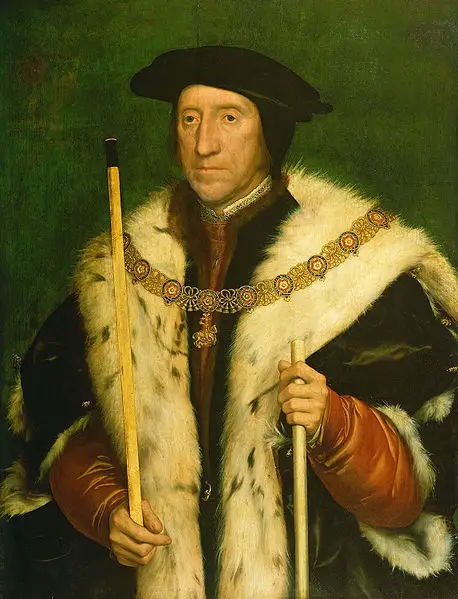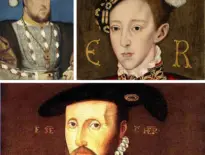 What happens when ambition, power, and royal paranoia collide? Edward Stafford, Duke of Buckingham, was one of the wealthiest and most influential men in Tudor England—a man with royal blood and a life of privilege. But his story ends with betrayal, scandal, and a rigged trial.
What happens when ambition, power, and royal paranoia collide? Edward Stafford, Duke of Buckingham, was one of the wealthiest and most influential men in Tudor England—a man with royal blood and a life of privilege. But his story ends with betrayal, scandal, and a rigged trial.
Was he a victim of Henry VIII’s fear of rivals, or was there truth to the charges against him?
Edward Stafford was born on this day in Tudor history, 3rd February 1478, at Brecon Castle, a member of the powerful Stafford family. His father, the 2nd Duke of Buckingham, had rebelled against Richard III and paid the ultimate price—execution in 1483. Young Edward’s life began in turmoil, but it seemed his fortunes would improve when Henry VII came to the throne in 1485.
With his father’s attainder reversed, Edward inherited the title of Duke of Buckingham at just seven years old. Under the watchful eye of Lady Margaret Beaufort, Henry VII’s formidable mother, Edward received an elite education and was groomed for a life of loyalty to the crown.
Buckingham’s life was one of privilege and prestige. He was deeply connected to Tudor royalty—his mother was Catherine Woodville, sister to Queen Elizabeth Woodville, making him a cousin of Elizabeth of York, Henry VII’s queen consort. As a young man, he earned the favour of Henry VII and became a Knight of the Garter in 1495.
He served loyally under Henry VII, even fighting against the pretender Perkin Warbeck in 1497. But his star truly rose when Henry VIII took the throne. Buckingham played a prominent role at court, serving as Lord High Steward and Lord High Constable at the young king’s coronation in 1509.
Despite his standing, Buckingham’s life wasn’t without controversy. In 1510, he accused his sister, Anne, of having an affair with Sir William Compton, a close confidant of Henry VIII. The accusation caused a stir at court, and Buckingham had his sister sent to a convent.
But his greatest challenges came from his old Plantagenet bloodline, which made him both respected and dangerous. His descent from Edward III was a constant reminder of his potential claim to the throne—something that didn’t go unnoticed by Henry VIII.
And he didn’t get on with Cardinal Wolsey, the king’s chief advisor. This animosity, combined with Buckingham’s immense wealth, royal blood and independent power base, set the stage for his downfall.
In 1521, Buckingham’s world came crashing down. He was accused of treason, with witnesses claiming he had listened to political prophecies and harboured ambitions of becoming king. Among the accusations were rumours that Buckingham believed the Tudor dynasty was cursed due to the execution of Edward Plantagenet, Earl of Warwick, years earlier, and that’s why Henry VIII didn’t have a surviving legitimate son.
Buckingham was arrested in April 1521 and put on trial the following month. According to historian John Guy, the evidence against him was flimsy and based on hearsay, with Henry VIII personally coaching witnesses and even forcing information out of the duke’s confessor, and thereby breaking the seal of the confessional. Buckingham protested the unfairness of the trial, but his fate was already sealed. On 16th May 1521, he was found guilty of treason and sentenced to death.
On 17th May 1521, Edward Stafford, Duke of Buckingham, was executed by beheading on Tower Hill. His death sent shockwaves through the nobility, as it demonstrated the lengths Henry VIII would go to maintain control. His lands and titles were confiscated, and his children were barred from inheriting his legacy.



Leave a Reply